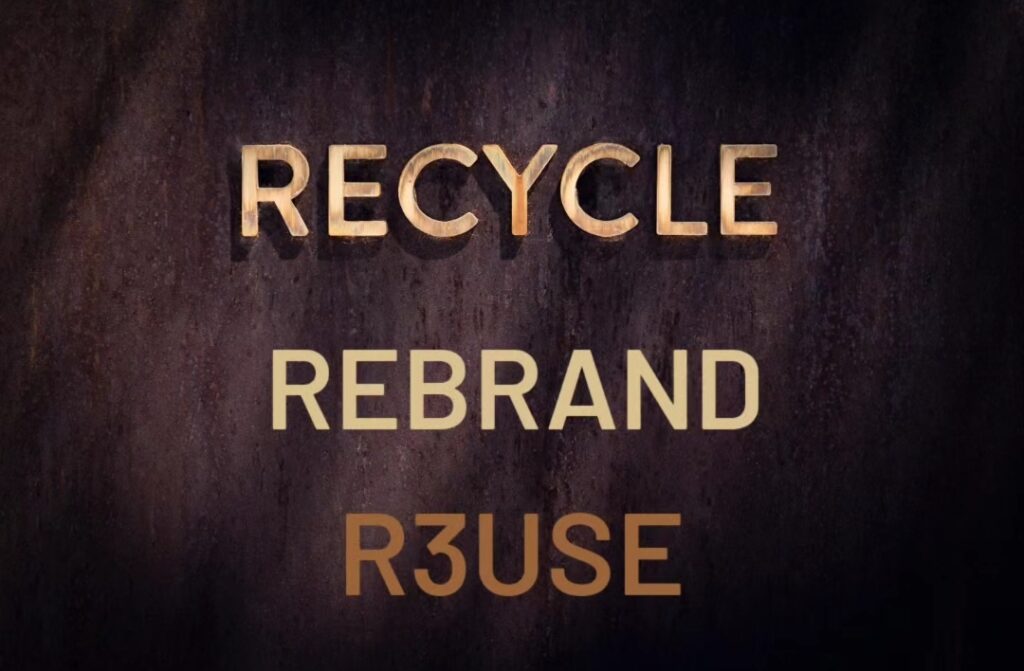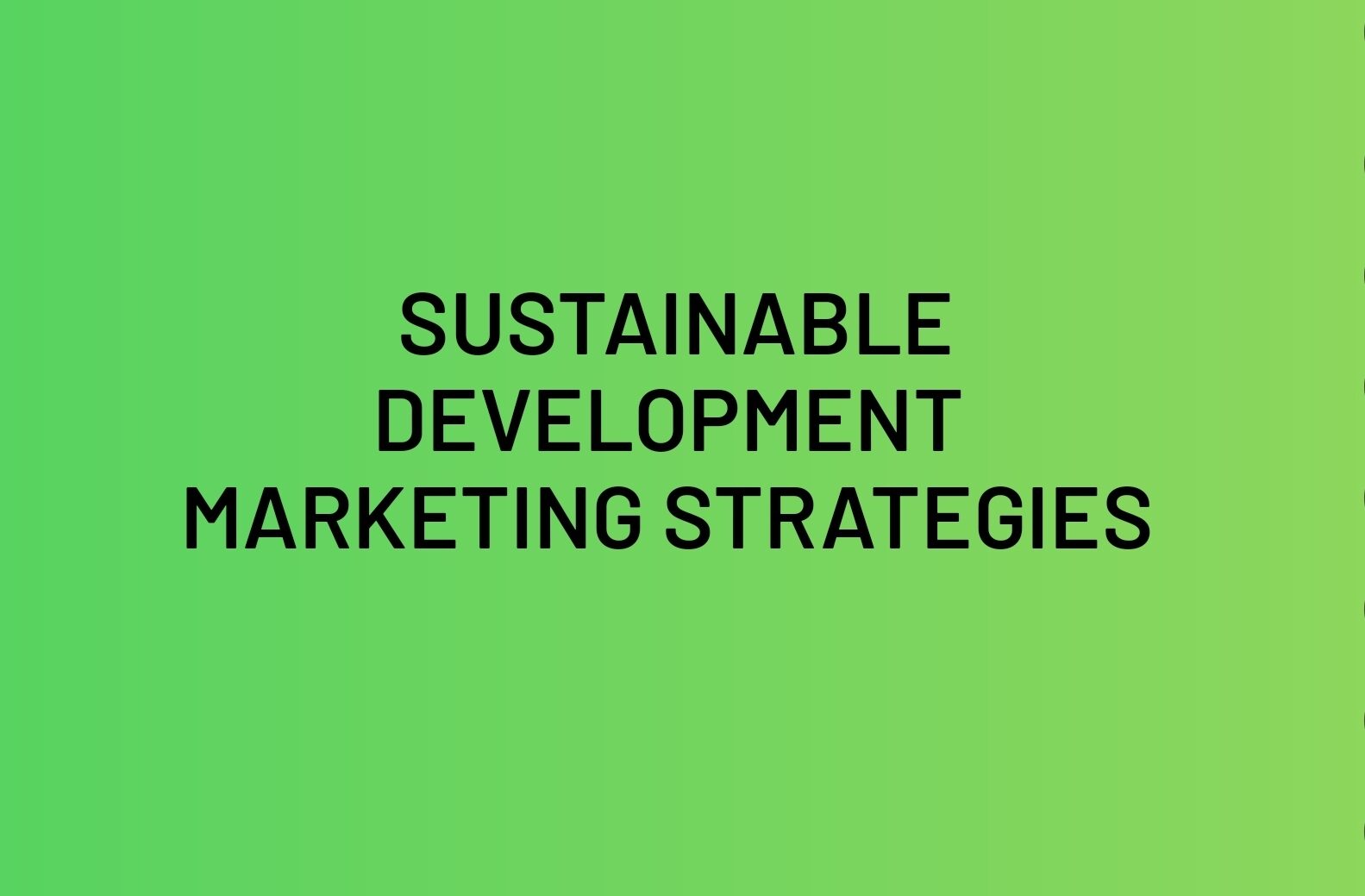In a world increasingly focused on sustainability, aligning your marketing strategies with eco-friendly practices isn’t just a trend—it’s essential for brand success.
Discover how effective marketing strategies can drive both environmental impact and customer loyalty.
Sustainable Development Marketing Strategies & Ideas: Driving Positive Change
In recent years, sustainable development has shifted from being a niche concept to becoming a global priority.
With growing environmental concerns, businesses are increasingly expected to align their marketing strategies with sustainable practices.
As consumer demand for ethical products rises, sustainable development marketing is more important than ever.
This article explores key marketing ideas that businesses can use to promote sustainable development, balancing profit with social responsibility.
1. Promote Transparency and Authenticity
Consumers today are more aware and informed about the environmental and social impact of their purchases.
Therefore, businesses need to be transparent about their sustainability efforts.
Whether it’s
- reducing carbon footprints,
- supporting fair trade, or
- promoting eco-friendly products,
transparency is key.
- Actionable Idea: Use your marketing channels to share the story behind your sustainability efforts. Showcase how your product is made, where materials are sourced from, and how your company is reducing its environmental impact.
- Example: Clothing brand like Patagonia is known for its authentic approach to sustainability, encouraging customers to repair rather than replace products. Their marketing actively highlights their environmental activism and transparency in sourcing materials.
2. Leverage Eco-Friendly Packaging
Packaging plays a significant role in the environmental impact of a product.
Switching to eco-friendly packaging materials can both reduce waste and serve as a powerful marketing tool.
Consumers are drawn to brands that offer biodegradable or recyclable packaging as part of their commitment to the planet.
- Actionable Idea: Introduce minimalistic or compostable packaging and use it as a focal point in your marketing campaigns. Add symbols like “100% recyclable” or “compostable” prominently on the packaging to emphasize the product’s sustainability.

- Example: Some brands use minimal or no packaging for many of their products, reinforcing their image as eco-conscious while reducing their overall waste.
3. Engage in Cause Marketing
Cause marketing is a collaboration between a business and a charitable cause, where both benefit from increased brand loyalty and consumer engagement.
When executed well, it can be an effective tool for promoting sustainable development.
- Actionable Idea: Partner with a local or global environmental organization and donate a portion of your profits to their cause. Make the initiative part of your marketing campaign, encouraging customers to be part of the solution by supporting your brand
- Example: TOMS Shoes is well-known for its “One for One” model, where the purchase of shoes results in a pair being donated to a person in need. This business model links consumer spending directly to a social cause, making customers feel good about their purchases.
4. Educate Your Consumers
Education is a critical component of sustainable development marketing. Many consumers want to make more ethical purchasing decisions but may lack the knowledge to do so.
Brands can position themselves as educators by providing valuable information that helps consumers make informed choices.
- Actionable Idea: Develop content that educates your audience about sustainability. Blog posts, social media content, and video tutorials on topics like reducing plastic waste, energy conservation, or eco-friendly products can be shared as part of your content marketing strategy.
- Example: Some brand’s “Sustainable Living” initiative provides customers with tips and resources to reduce their environmental impact, from energy-saving solutions to sustainable home products.
5. Highlight Ethical Sourcing
Ethical sourcing is a major component of sustainable development, particularly in industries like fashion, food, and consumer goods.
Consumers are more likely to support brands that ensure fair wages, humane working conditions, and sustainable practices in their supply chain.
- Actionable Idea: Highlight your ethical sourcing practices in your marketing materials. Share stories of the communities you support or the steps taken to ensure sustainable materials are used in production.
- Example: One of the coffee company emphasizes its ethical sourcing process, working directly with farmers and ensuring fair prices and sustainable farming practices. This transparency and focus on ethics resonate
Recycle, rebrand, reuse
Recycling, rebranding, and reusing products are transformative strategies that not only reduce waste but also breathe new life into old items, creating a powerful narrative for sustainable marketing.
Recycling
By recycling materials, companies can lower their environmental footprint while cutting costs and reducing reliance on virgin resources.
Rebranding
Rebranding these recycled products can highlight a brand’s commitment to innovation and sustainability, attracting eco-conscious consumers.
Reusing
Reusing products, whether through refurbishing or creative upcycling, offers an opportunity to tell compelling stories about a brand’s dedication to reducing waste and extending product lifecycles.

This approach not only enhances a brand’s environmental credentials but also fosters deeper connections with consumers who value sustainability.
Examples
Limited-Edition Recycled Collections
Launch exclusive, limited-edition products made from recycled materials. This can create a buzz and drive demand among environmentally conscious consumers who want to own something both special and sustainable.
Take-Back Programs
Implement take-back schemes where customers can return old products for recycling or refurbishment. This not only promotes recycling but also enhances customer loyalty through a commitment to sustainability.
Collaborative Upcycling Projects
Partner with artists or designers to create limited-edition products from upcycled materials. These collaborations can generate excitement and showcase your brand’s dedication to creativity and sustainability.
Conclusion
In today’s eco-conscious world, integrating sustainable practices into your marketing strategy is more than just a trend—it’s a necessity for brand success.
By focusing on transparency, ethical sourcing, and eco-friendly products, businesses can align with the growing consumer demand for sustainability while differentiating themselves in a competitive market.
Promoting transparency about your sustainability efforts builds trust and credibility.
Showcasing the journey of your products, from sourcing to production, helps consumers make informed choices and fosters loyalty.
Similarly, adopting eco-friendly packaging and highlighting your commitment to reducing waste can attract environmentally conscious customers.
Cause marketing and educational content further enhance your brand’s reputation by demonstrating a genuine commitment to positive change.
Partnering with organizations, running educational campaigns, and sharing impactful stories can position your brand as a leader in sustainable development.
Incorporating ethical sourcing and embracing the principles of a circular economy—such as recycling, rebranding, and reusing—can drive significant environmental and social benefits.
By offering take-back programs, limited-edition recycled collections, and innovative upcycled products, you not only reduce waste but also create unique selling points that resonate with consumers.
Finally, measuring and reporting your sustainability impact transparently ensures accountability and builds consumer trust.
Engaging in sustainable practices, from hosting eco-friendly events to developing interactive recycling campaigns, can effectively communicate your brand’s values and enhance its market presence.
Incorporating these strategies into your marketing approach not only supports environmental sustainability but also establishes your brand as a forward-thinking leader in a green economy.
By doing so, you foster deeper connections with your audience and drive both positive environmental impact and long-term business success.
